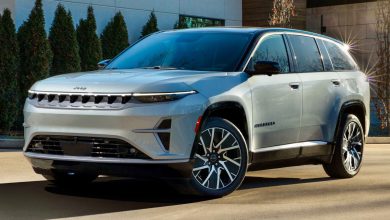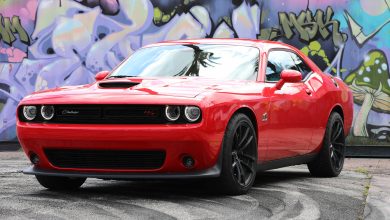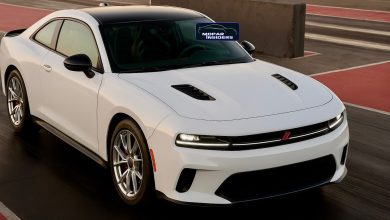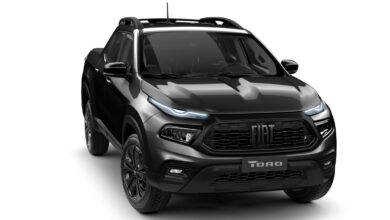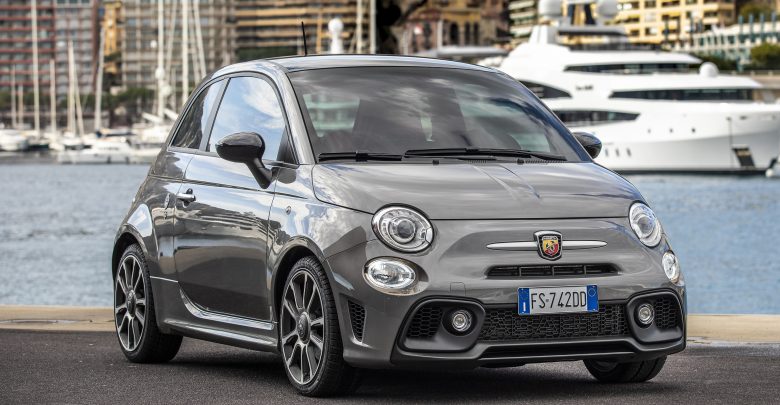
In 2010, the Fiat 500 city car was introduced in Detroit at the North American International Auto Show with quite a bit of interest and fan fair. For the first time in 26 years, the Fiat name was back in the United States. At the time, it seemed like the right move. Gas prices were at an all-time high, many people were struggling to try to get traction during a huge recession, and the auto industry did not have many fuel-efficient small cars in their lineups.

Fast forward less than a decade, and the 500 is gone and the brand that it resurrected is almost non-existant in sales in both the United States and Canada. So what happened?

The fairytale story for the FIAT brand ended quickly when the decision was made not to bring the Italian brand into the already well established Chrysler, Dodge, Jeep, and Ram (CDJR) dealer network and instead have the brand build new super trendy “Studios”. Dealerships were promised a full lineup of FIAT vehicles within two years and a full lineup from Alfa shortly after. However, the tiny city cars were joined by only one other model three years later, the lackluster and mostly forgotten Fiat 500L.
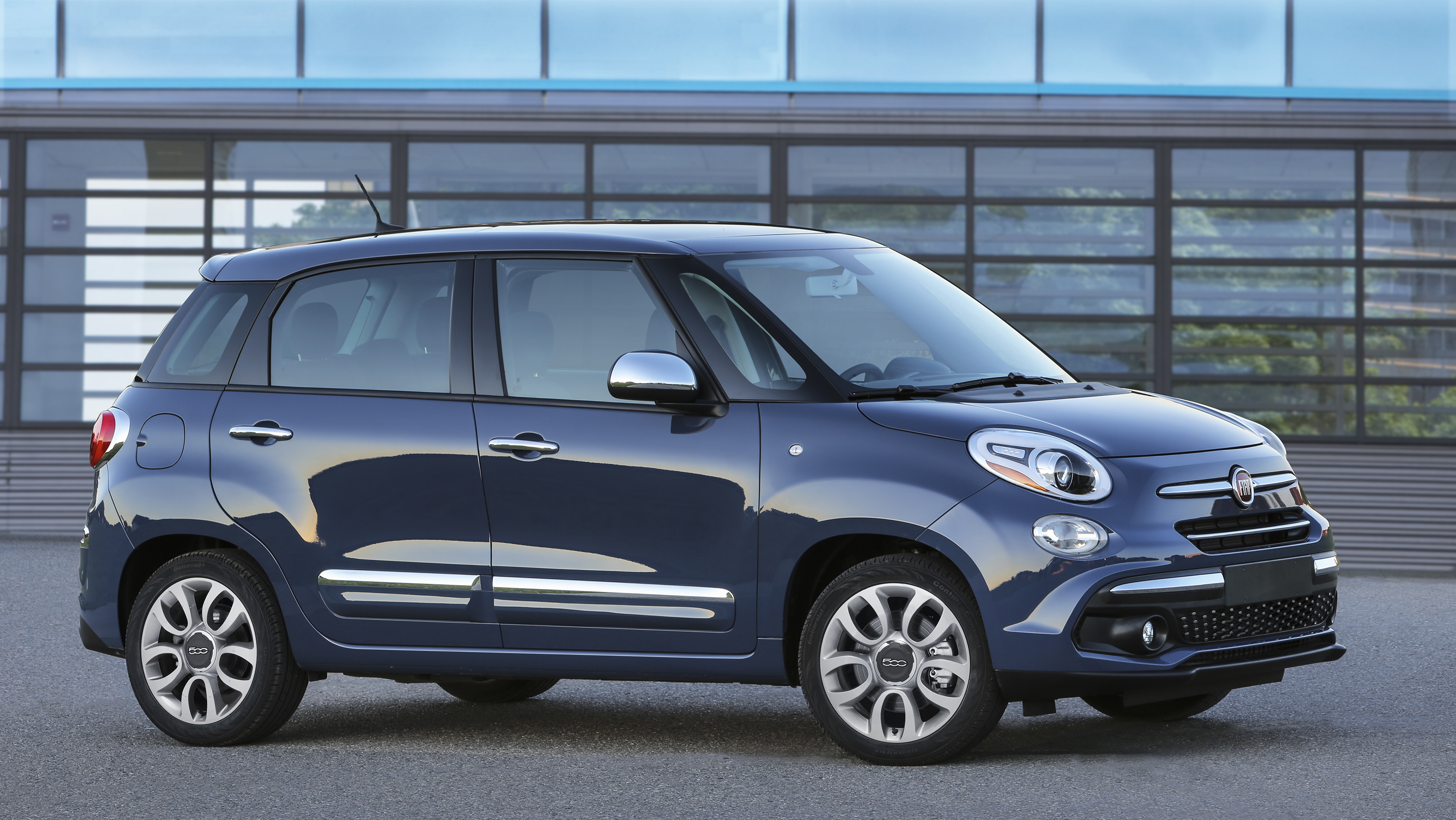
The 500L looked good on paper when introduced and many people compared it’s versatility to the popular PT Cruiser. Alas, the 500L quickly flopped due to reliability issues with the transmission, lack of mass marketing, and its quirky European styling that many North Americans could not get used to. At the time, the FIAT studios were once again promised that the relaunch of the Alfa Romeo brand in both the United States and Canada, would bring a new exciting product to the FIAT studio network. However, delays for the premium performance brand caused many of the struggling studios to simply become used car lots with a few FIAT models in the back, while used inventory was displayed out in the front rows.

Sure the brand launched a new crossover with the compact 500X in 2016 and the sporty Mazda Miata-based 124 Spider in 2017, but the FIAT brand never got the traction to take off in North America. By the time the Alfa Romeo brand re-entered the market place with the mid-engined Alfa Romeo 4C, a huge portion of the studio network had closed. Fiat Chrysler Automobiles (FCA) then announced that only a portion of their Fiat studios would end up taking the Alfa Romeo brand in their inventory lineup as well.
Recently, many standalone FIAT studios have closed and in bigger cities, we have seen some of the FIAT franchise now being shuffled into the (CDJR) network. Something that the company should have done back in 2010.

Personally, the Fiat 500 was a special car. I feel that I was one of the handfuls of people who truly got it. I absolutely loved the 500 Abarth model and most people do not realize how much influence the SRT engineering group in Auburn Hills had on the US version of the car. I have been lucky enough to drive a very competitive 500 Abarth in a few Sports Car Club of America (SCCA) Solo events. My good friend Brian, had been one of the people standing at the forefront of the 500 racing scene since the return of the brand. While Brian is a good driver and his car is impressive, I feel FCA has left him with another orphan car, much how they left him with his Neon ACR’s, Neon SRT-4, and Caliber SRT-4.
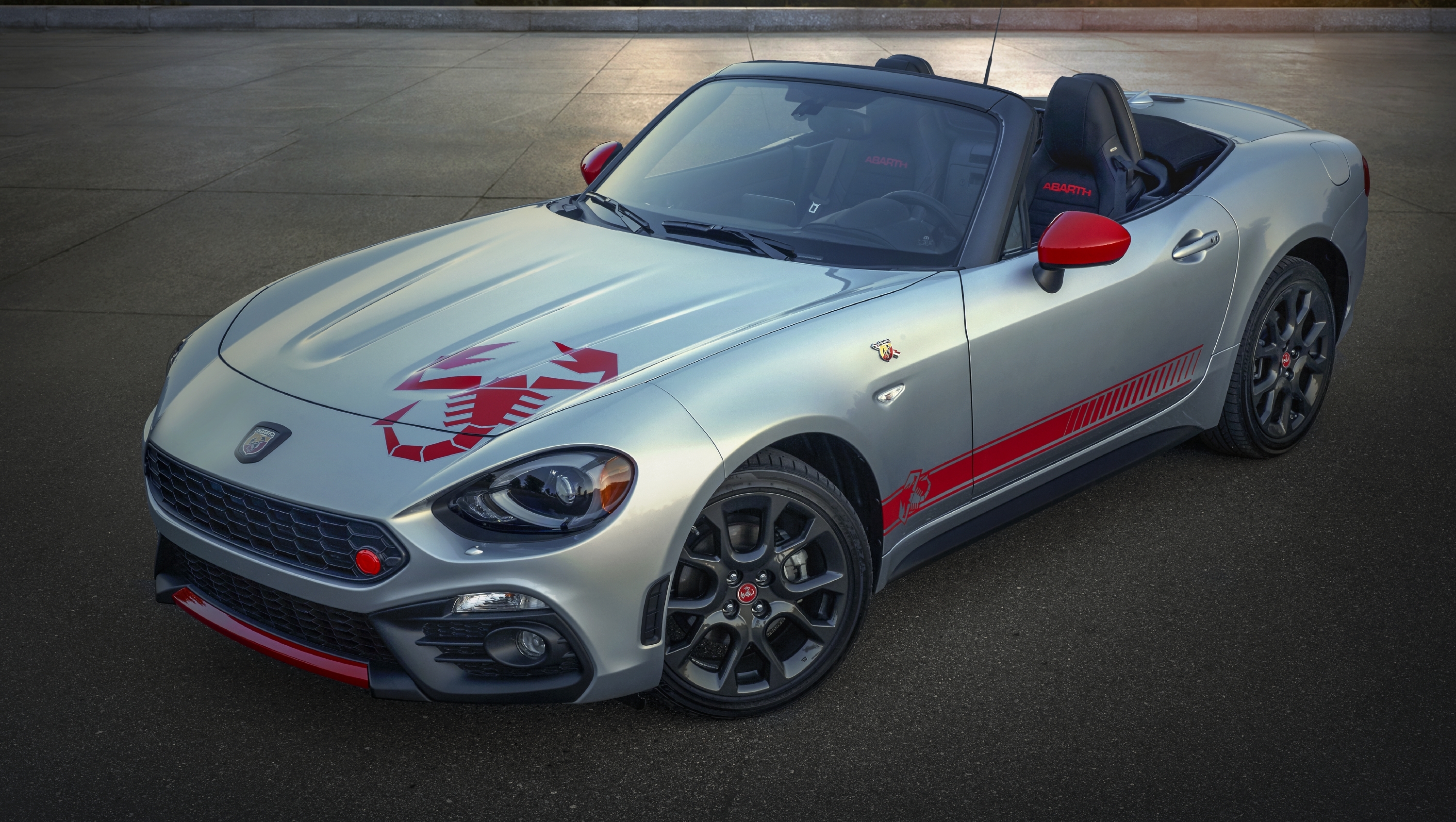
So what should FCA do with the FIAT brand? My suggestion from an enthusiast point of view is that there are two choices.
Number one, double down and make the FIAT brand available in every CDJR dealer. The Fiat 500L, 500X, and 124 Spider can then be sold along with other well established FCA products, allowing for more traffic flow through showrooms, less advertising expenses for both the company and the dealers, as well as filling in some gaps left by the demise of the small sedans and convertibles in the CDJR lineups.
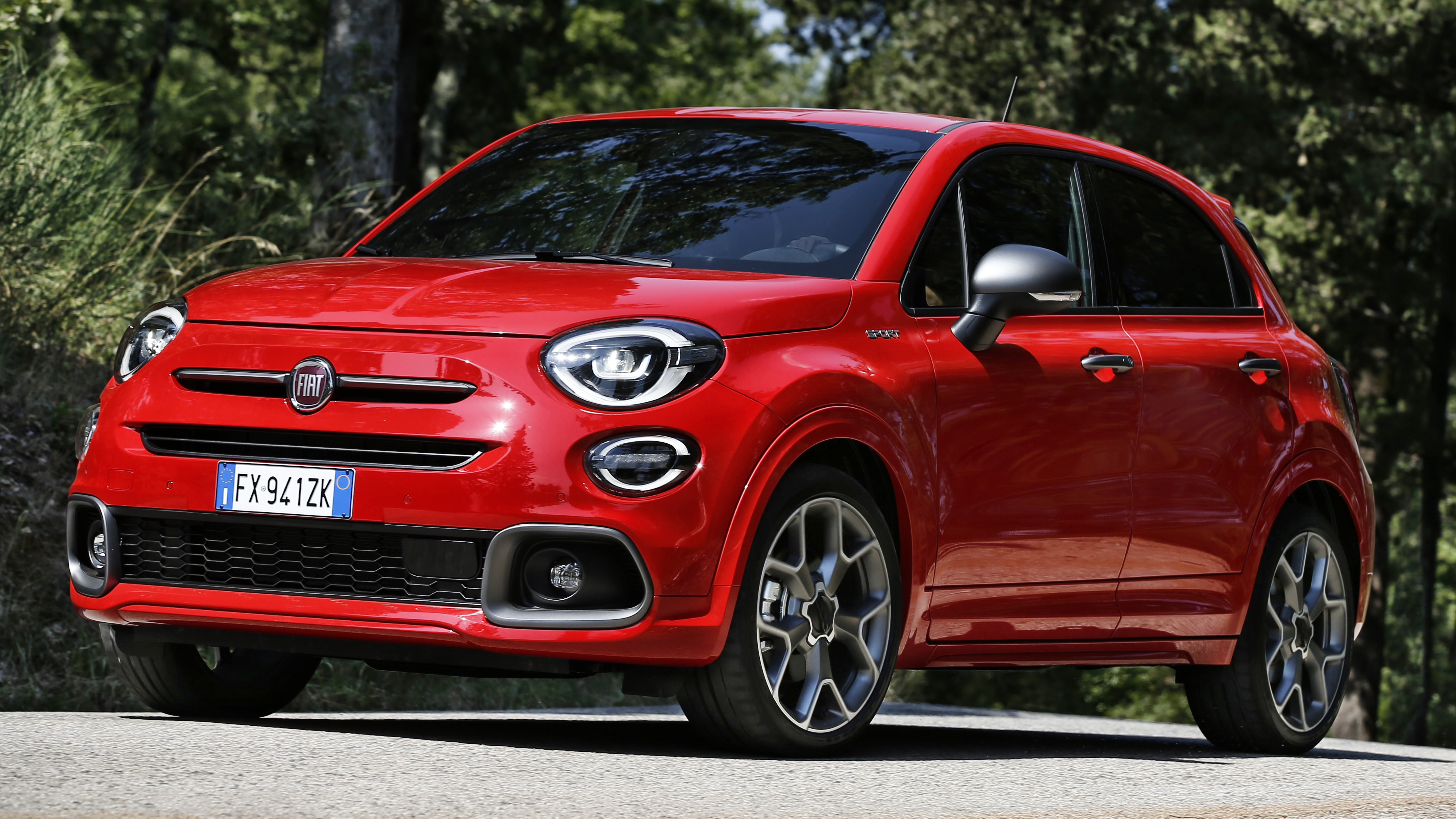
The second choice would be to rebrand the models that are left like the 500X and 500L as Chrysler products, to help fill out the brand’s much-forgotten lineup and use the 124 Spider as either a Chrysler or a Dodge to either one of the brands. Remember in 2003, Chrysler was the America’s convertible automaker with products like the Chrysler Sebring, PT Cruiser, and Crossfire, all of which had convertible models. On the other hand, the small premium roadster would fit perfectly in the Dodge lineup, as the brand hasn’t had a convertible since the 2010 Dodge Viper SRT-10 Roadster was in showrooms.
While I would love to see the Fiat 500 stay in the lineup, it looks like FCA might already have future plans for the production gap left by the 500 at the Toluca Assembly Plant with a new future product. FCA could import the Polish built 500 and this is what would be preferred by enthusiasts because it would allow all of the European variants of the 500 access to the US market. Alternatively, a modified version could be produced and serve as a cool Chrysler here in the US rather than a Fiat branded model. The Tychy plant in Poland is capable of building an alternative sheet metal for Chrysler much like they previously did with the Ford Ka from 2008 to 2016.
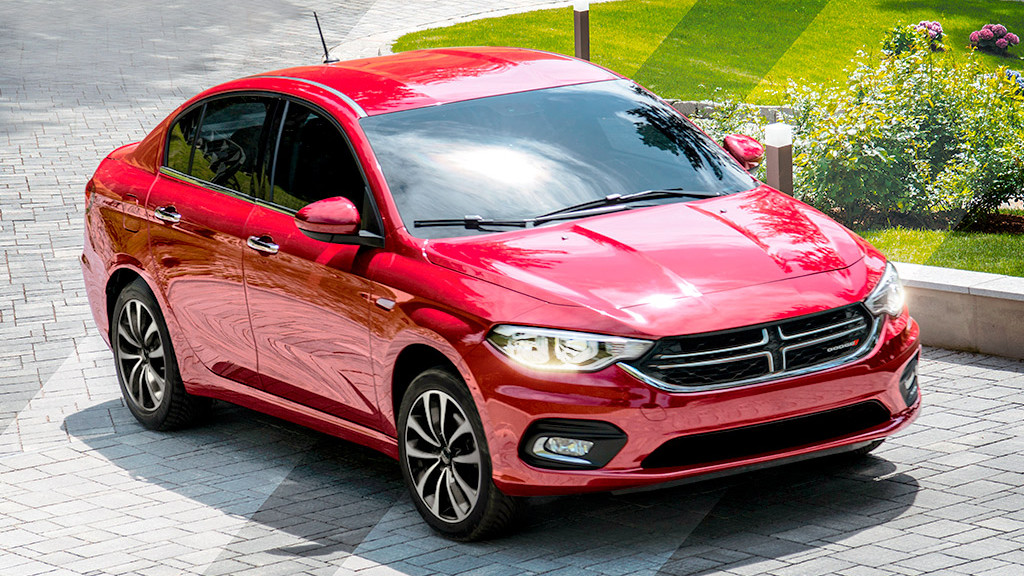
The FIAT brand also sells the compact Tipo sedan in Europe, which is rebadged as the Dodge Neon for Mexico and the Middle East. While I would love to see another small sporty sedan come to the United States market, it doesn’t seem likely with Ford and General Motors joining FCA by dumping most of its passenger car production in favor of the crossovers, trucks, and SUVs. Sad thing is, there is still a lot of people out there who would love a good affordable fun to drive compact car. I think this car would make a fantastic entry-level Chrysler and dealers would love to have a small sedan. With shared costs through global sales, I still believe there could be some potential in this market but margins would be very tight.
I don’t think that FCA should just give up on the products from FIAT in North America. Instead, they must be rejuvenated as other models in the core brands and let them thrive.
What do you think? We would love to hear your ideas. Leave them in the comments below.


